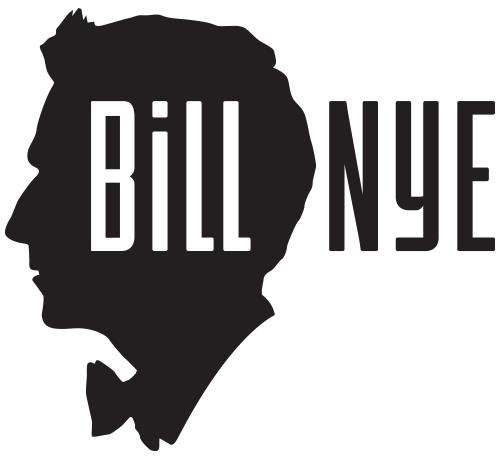
Earth’s Crust
Don’t just go with the flow. Settle down on the crust.
Imagine a world without any crust. There would be no pies, just goopy filling, no bread, no hamburger buns, and no you or me. That’s right. You, and every living thing we know of, live on or in the Earth’s crust. And, living things need the Earth’s crust to survive. Let’s look at the science of the surface.
By carefully studying the Earth’s surface, scientists have discovered that the Earth is made up of gigantic layers. At the center of the Earth, there is a core – a big ball of solid metal mostly iron.
The core is surrounded by a layer of liquid iron and other minerals. We usually just call it the outer core. The next layer, around the outer core is called the mantle. You may have seen a mantle above a fireplace. Well, the mantle is above the Earth’s hot core places. The mantle is gooey hot nearly melted rock that flows the way asphalt does on a hot summer day. Scientists often say that the mantle is plastic. It bends. We call the mantle’s nearly liquid rock magma. When magma flows onto the surface, on top of the crust, we call it lava.
The Earth’s crust is thin, only about 100 kilometers thick. If the Earth were the size of a peach, the crust would only be as thick as the peach’s skin (and not as fuzzy). If the Earth hadn’t cooled enough for the crust to form on its surface, we wouldn’t be here. Neither would any living thing we know of.
Scientists have never been able to dig or drill down through the crust to the mantle. Driving 100 kilometers is easy. Drilling that far through solid rock is hard. Well, it’s solid rock. But, we can study the inside of the Earth by observing volcanoes and geysers. The heat that melts rock into magma, and turns underground water into steam, comes from under the crust.
We haven’t even begun to scratch the surface. Watch Bill Nye the Science Guy to find out more about “The Earth’s Crust.”
The Big Idea
- The Earth\'s crust is different from what's inside.
- The crust of the Earth is very thin.
- All living things on Earth live on or in the crust.
Did You Know That?
- If the Earth were the size of an egg, the crust would be as thin as an eggshell?
- There are volcanoes in Iceland (which is actually quite green — it’s Greenland that’s icy)?
- Before lava works its way out of a volcano, it’s called magma?
Books of Science!
- “Planet Earth/Inside Out” by Gail Gibbons. Published by Morrow Junior Books, 1995.
- “Drifting Continents, Shifting Seas” by Patrick Young. Published by Franklin Watts, 1976.